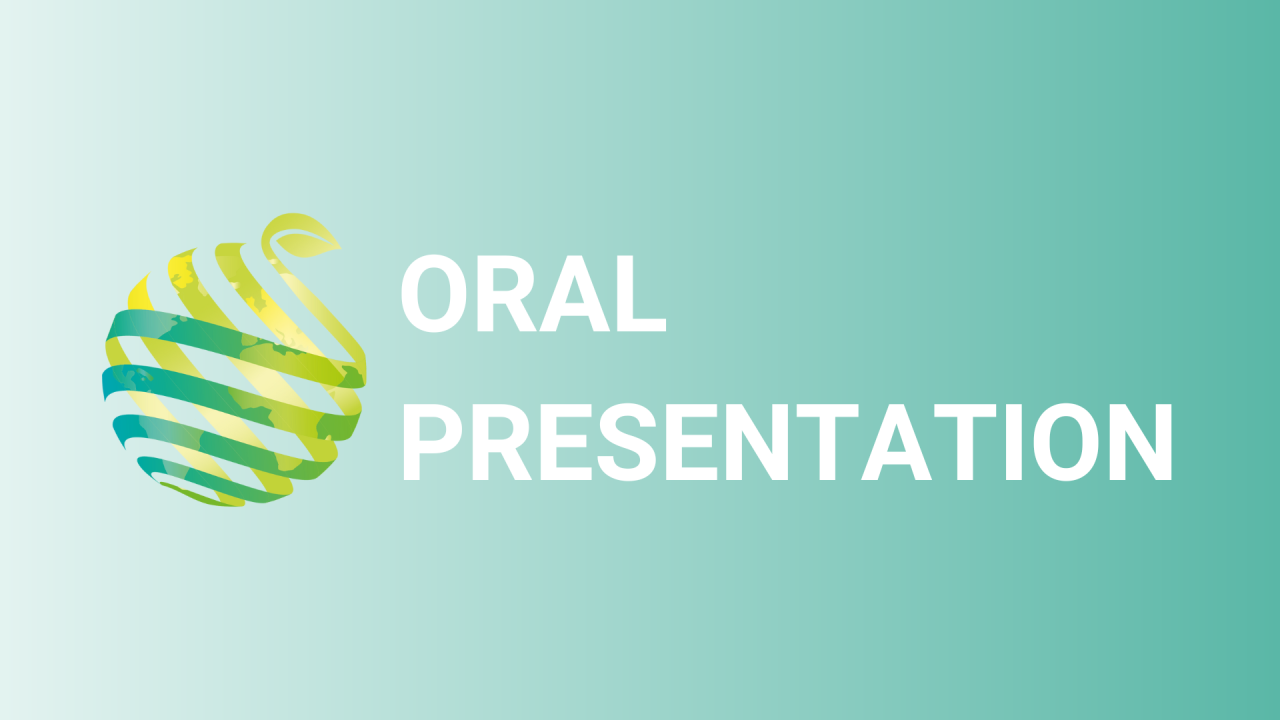

S23 - Session O1 - Optimization of LED lighting in post-harvest to control ripening and improve quality attributes tomatoes
Information
Authors: Ivan Paucek, Elisa Appolloni, Giovanni Fiori, Chiara Pastore, Antonio Cellini, Giuseppina Pennisi, Andrea Crepaldi, Irene Donati, Francesco Spinelli, Francesco Orsini *, Giorgio Gianquinto
During post-harvest handling and storage, substantial crop losses occur in the food supply chains. After harvest, light can influence the metabolic processes of climacteric fruits, such as tomato. In recent years, light-emitting diode (LED) systems have emerged as an efficient artificial lighting technique in pre- and post-harvest management of fruits and vegetables. This research aims at investigating the effect of artificial light during storage of freshly harvested, hydroponically grown tomatoes ( Solanum lycopersicum L. 'Siranzo'). Two experiments were conducted during fruit storage in a refrigerated chamber at 13+-1°C, targeting the effect of (i) continuous fruit irradiation with several narrow-bands (red, blue, far-red, white, and green; for 21 days and ii) and (ii) intermittent red-light irradiation (24 h, 12 h, 6 h, 3 h, 2 h, and 1 h per day) for 18 days. In both experiments, light treatments were set at 75 µmol m -2 s -1 ,and tomatoes stored in darkness were used as control. Results showed the potential of LED treatments to prolong and improve the quality parameters of tomatoes. Blue light proved to be a practical application to delay fruit ripening, while red and far-red promoted lycopene and b-carotene accumulation. In addition, short irradiation time showed the potential to control ripening while maintaining high sensorial quality. LED lighting during refrigerated storage or transportation could be an alternative solution to reduce post-harvest losses and maintain product quality and shelf life. Further research should focus on optimizing lighting parameters at different stages of tomato development.